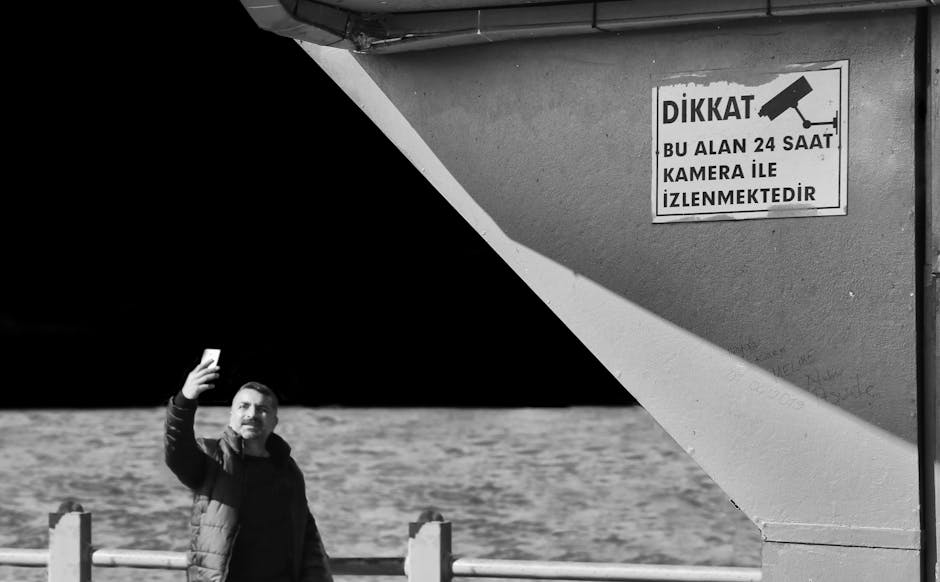Tornado Watch vs. Warning: Understanding the Difference and Staying Safe
Understanding the Crucial Difference: Tornado Watch vs. Warning
When severe weather threatens, understanding the difference between a tornado watch and a tornado warning is paramount to ensuring your safety and the safety of your loved ones. These two terms, while often used interchangeably, represent distinct levels of risk and require different responses. A tornado watch signifies the possibility of tornadoes, while a tornado warning indicates that a tornado has been sighted or is indicated by weather radar. This seemingly subtle difference holds significant weight in determining your actions.

What is a Tornado Watch?
A tornado watch is issued by the National Weather Service (NWS) when atmospheric conditions are favorable for the development of tornadoes. This means that the environment is ripe for tornadoes to form, but there is no confirmed sighting or radar indication of a tornado yet. Think of it as a heightened alert; the potential for tornadoes exists within a specified area and time frame. A watch typically covers a larger geographical area and lasts for several hours.
During a tornado watch, it’s crucial to:
- Stay informed: Monitor weather reports closely through radio, television, or weather apps.
- Prepare your safety plan: Identify a safe room or area in your home or workplace, preferably a basement or interior room on the lowest level.
- Gather essential supplies: Prepare an emergency kit with water, non-perishable food, first-aid supplies, flashlights, and batteries.
- Review your emergency communication plan: Ensure family members know how to contact each other in case of separation.
While a tornado watch doesn’t necessitate immediate action like seeking shelter, it’s a critical time to be prepared and aware. It allows you to take proactive steps to protect yourself and your family should the situation escalate to a warning.
What is a Tornado Warning?
A tornado warning, on the other hand, signifies a far more urgent situation. It indicates that a tornado has either been sighted by spotters, or is strongly indicated by weather radar. This means a tornado is imminent or occurring, posing an immediate threat to life and property. A warning is issued for a much smaller area and typically has a shorter duration than a watch.
When a tornado warning is issued, immediate action is required:
- Seek immediate shelter: Move to a designated safe room, basement, or interior room on the lowest level of a sturdy building. Avoid windows and exterior walls.
- Stay away from windows: Flying debris is the most significant danger during a tornado, and windows are particularly vulnerable.
- Protect yourself: Cover yourself with a blanket or mattress if possible to protect yourself from flying debris.
- Stay informed: Continue to monitor weather reports for updates on the storm’s track and intensity.
A tornado warning demands swift and decisive action. Delaying your response can have life-threatening consequences. Remember, time is of the essence during a tornado warning.
Understanding the Geography of Tornado Watches and Warnings
Tornado watches and warnings are not issued haphazardly. The National Weather Service utilizes sophisticated weather radar and meteorological models to assess the risk of tornadoes. These technologies help pinpoint areas where the atmospheric conditions are most conducive to tornado formation. This allows for geographically targeted watches and warnings, ensuring that only areas at risk receive the alerts.
The size and duration of a watch or warning depend heavily on the evolving weather patterns. A large, slow-moving storm system might trigger a broad watch that persists for several hours, while a rapidly developing storm might result in a more localized warning with a much shorter duration.
The Role of Spotters
Trained storm spotters play a crucial role in the tornado warning process. These volunteers are strategically positioned to observe the weather and report any signs of developing tornadoes to the NWS. Their firsthand observations provide vital, ground-truth information that complements radar data. This collaboration between technology and human observation significantly enhances the accuracy and timeliness of tornado warnings.
The Importance of Preparedness
Being prepared for a tornado is essential, regardless of whether a watch or warning is in effect. Having a well-defined safety plan, an emergency kit, and a reliable source of weather information can make all the difference in minimizing risks during a severe weather event.
Building a Comprehensive Safety Plan
A solid safety plan should include:

- Identifying safe rooms: Determine the safest locations in your home, school, and workplace.
- Establishing communication protocols: Designate a meeting point and establish ways to contact family members if separated.
- Creating an emergency kit: Stock essential supplies like water, food, first-aid kit, flashlight, and radio.
- Practicing drills: Regularly practice emergency procedures with your family or colleagues to ensure everyone knows what to do.
Staying Informed
Reliable sources of weather information are critical. Trustworthy sources include:

- National Weather Service (NWS): The primary source for official weather alerts and warnings.
- Local news channels: Often provide detailed weather coverage and updates.
- Weather apps: Numerous mobile apps provide real-time weather information and alerts.
The Impact of Technology
Advancements in weather radar technology, meteorological modeling, and satellite imagery have significantly improved the accuracy and timeliness of tornado watches and warnings. Sophisticated Doppler radar systems can detect the rotation within storms, providing early indications of tornado formation. This technological progress allows for more precise warnings, giving people more time to react and seek shelter.
Future Enhancements
Ongoing research and development continue to push the boundaries of weather prediction. Improved forecasting models, coupled with advances in data assimilation techniques, are expected to further enhance the accuracy and lead time of tornado warnings, providing even more time for preparation and response.
Conclusion: Taking Action
Understanding the distinction between a tornado watch and a warning is vital for effective disaster preparedness. A watch serves as a crucial heads-up, allowing time for preparation, while a warning demands immediate action to seek shelter. By staying informed, creating a comprehensive safety plan, and responding promptly to warnings, you can significantly reduce your risk and increase your chances of surviving a tornado.





